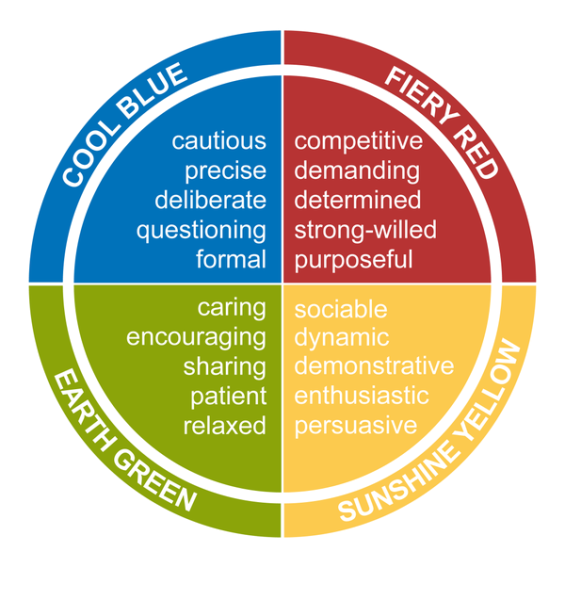Milk-Bones. Frozen fruit pops. Italian soda. Gluten-free crackers. That’s all it took for me to “misplace” my husband at the supermarket recently.
Shopping doesn’t tend to be a team sport for us. But one day after golf recently we stopped by the store for a few things. For most of the trip we were side-by-side and in lockstep. But then, as we neared the end of our list, we went our separate ways: me to get fruit pops and him to get the Milk-Bones. And that’s where the problems began.
When I returned from the frozen food aisle he was nowhere to be seen. So I circled back to the frozen foods thinking he might have followed me there. No luck. I reached for my phone. Darn, I had left it at home. With nothing else to do, I headed for the checkout lines.
I eventually spotted him in line, waving at me. I’m still not sure where the communication breakdown occurred and that’s what got me thinking about the communication issues in many teams.
How much are even minor communication breakdowns driving cost and missed opportunities?
Imagine our little shopping excursion as a project. Here are some of the knowns:
- We wanted to get out of the store within 10 minutes.
- We started with a plan (okay, a list) and we knew what was in scope.
- We’ve worked together before and successfully come home with at least some cat food.
- Both team members have a high degree of trust and mutual regard.
What was less clear (or became so) was how the work was going to be divvied up and how changes in the plan would be communicated. There was no lack of skill here or missing resources. Our breakdown was purely in communication.
Once the breakdown occurred, it resulted in at least 3 minutes of re-work on what was a 10-minute project – that’s a 30% schedule over-run. This happens in teams all the time, only it’s magnified by the hundreds of tasks needed to complete a typical project. A look at some recent technology projects showed over-runs of nearly $300,000 for every $1 million-dollar of project spend.
Imagine what you could do with $300,000!
Yet what’s the first thing most teams do when they are failing to meet commitments? I mean, after the finger pointing. They try and work harder, they talk about process improvement and they rarely make any because their pants are on fire! And yet, research by Gallup shows more than 70% of the time, task failures result from breakdowns in teaming, communication and relationships.
What’s one of the easiest ways to improve teaming and communication? Start with something simple like Insights Discovery. Insights helps people become more aware of their own preferences and those of others. In a workshop, each person receives a highly personalized profile. Team members learn how to adapt and connect better and start doing so right away. With this foundation, there are fewer breakdowns and even if process improvements are needed, they tend to be much easier to agree on.
Insights uses a simple, fun, 4-color model to describe the energy we put forward to get work done. We all have all 4 color energies within us, we just tend use some more than others. Take a look at the image below and see if you can recognize your own preferences and those of people around you. What are some ways you might adapt and connect a little differently to meet them where they are?

